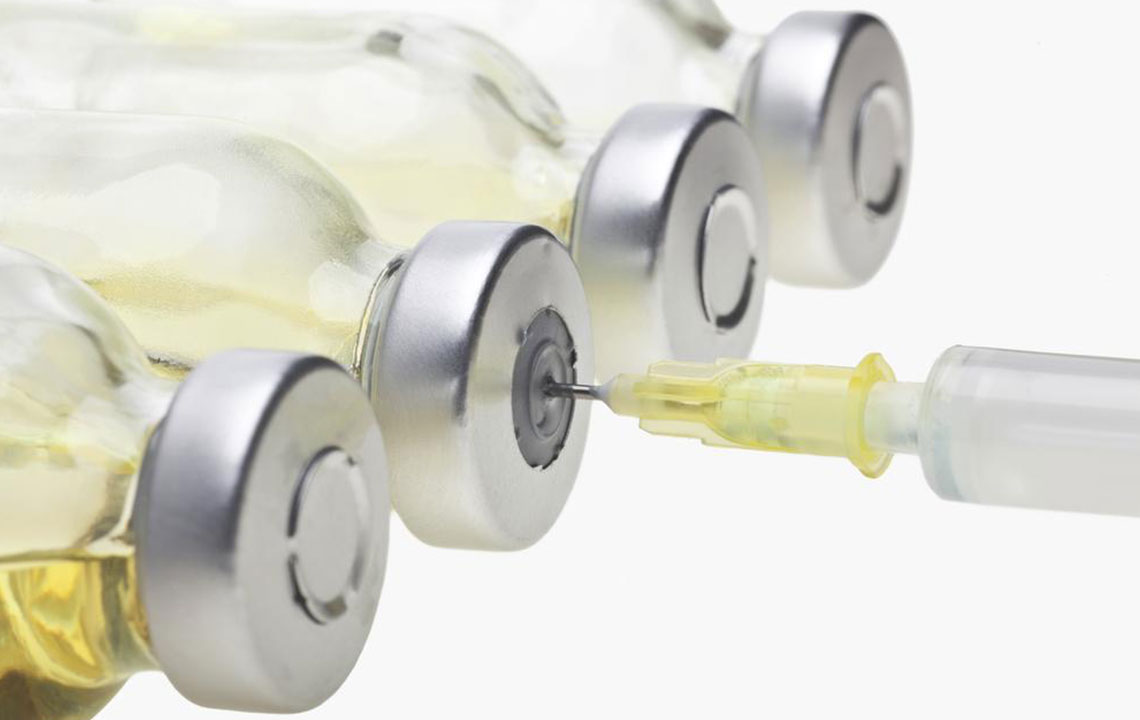How Botox Injections Help Manage Overactive Bladder Symptoms
Find out how Botox injections effectively treat overactive bladder and urinary incontinence. This outpatient procedure reduces urgency and leakage, improving quality of life for severe cases. Learn about the process, benefits, and post-treatment expectations.

How Botox Injections Help Manage Overactive Bladder Symptoms
Research shows that, in addition to reducing wrinkles, Botox injections can be effective in alleviating overactive bladder issues. This treatment significantly improves the quality of life for individuals experiencing frequent urges to urinate. Such urges can lead to urinary leakage, known as incontinence, which can be very disruptive and embarrassing.
How does Botox treat bladder issues?
The procedure is straightforward and outpatient. First, the bladder is emptied. Then, a local anesthetic is administered through a catheter to numb the bladder lining.
Next, Botox is injected directly into the bladder muscles using a small, flexible needle guided by a cystoscope. Each injection involves about one milliliter of Botox, and the procedure lasts between 10 to 30 minutes. Typically, patients receive 10-30 injections per session.
Results of Botox treatment:
Botox can significantly reduce urinary incontinence in severe cases. The benefits become noticeable after several days. Repeat treatments may be necessary, as effects usually last between 36 to 42 weeks.
Post-treatment, patients often experience a decrease in urgent urination and fewer episodes of leakage. They can also better control their bladder, leading to fewer trips to the bathroom and less frustration.
After the procedure, some burning or stinging during urination may occur initially, but this is temporary. Overall, Botox is a safe, effective option that can greatly enhance daily life.
While lifestyle adjustments like reducing caffeine and strengthening pelvic muscles can help, Botox is considered the most effective solution for severe overactive bladder and incontinence cases.










